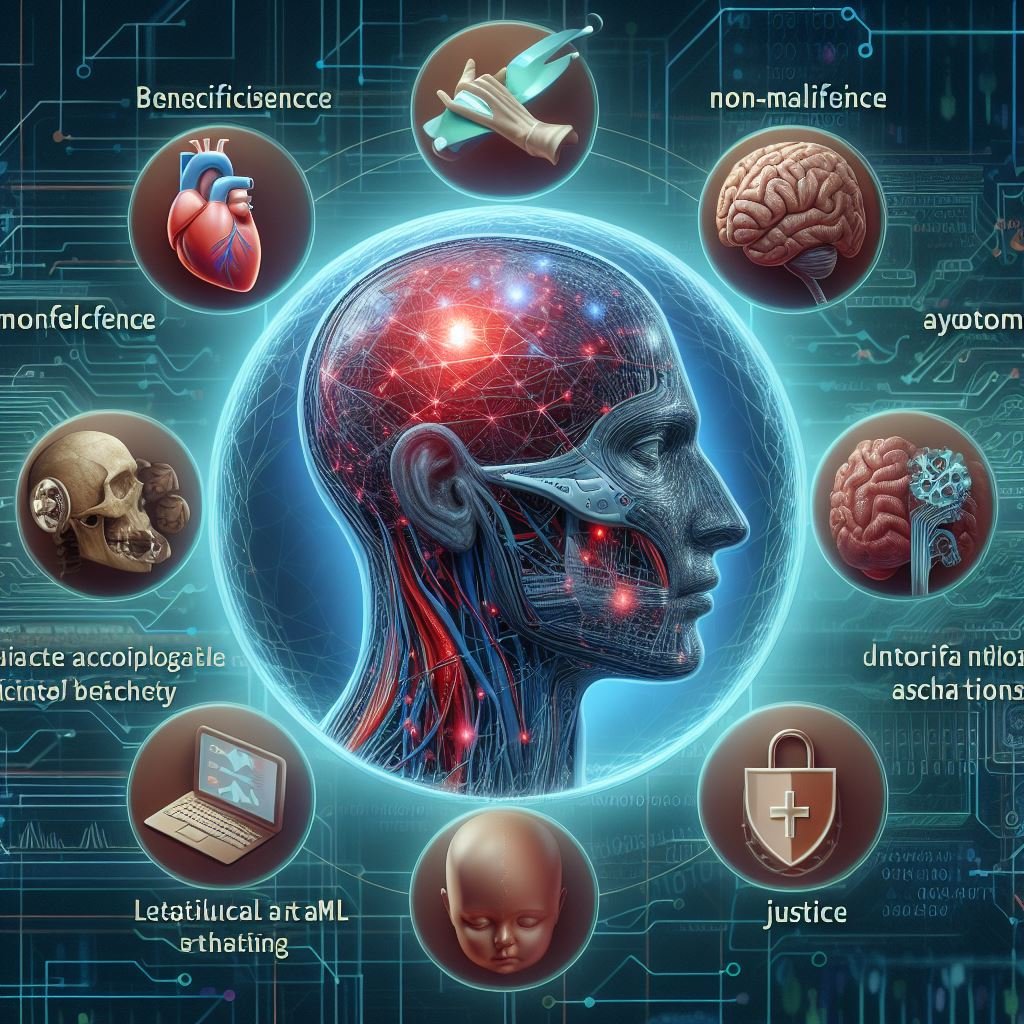Heart Disease Prediction Using ML Project Report
Heart disease, often termed the silent killer, claims millions of lives each year, acting as a thorn in the side of global public health. However, the integration of cutting-edge technologies such as machine learning (ML) into healthcare is promising a new era of proactive intervention that could dramatically alter this lethal landscape. In this comprehensive “Heart Disease Prediction Using ML Project Report,” we collaborate with healthcare professionals, data scientists, researchers, and health enthusiasts to explore the use of an ML predictive model as a tool for early heart disease detection. This report aims to revolutionize the way we approach heart health, offering valuable insights and innovative solutions to combat this pervasive health issue.
Introduction
Heart Disease – A Global Threat
Heart disease, encompassing a variety of conditions that affect the heart’s structure and function, stands out as the leading cause of death worldwide. From the bustling urban centers to the most remote villages, its impact knows no bounds, affecting individuals of all demographics. The complex interplay of genetic, environmental, and lifestyle factors that contribute to heart disease underscores its status as a global public health priority. Developing a means for early detection is critical to curbing its devastating consequences.
Machine Learning in Healthcare
ML’s Potential in Disease Prediction
The dawn of ML in health diagnosis and prognosis shines a beacon of hope. ML techniques can analyze vast datasets to discern patterns, predict outcomes, and assist physicians in delivering timely, targeted interventions. The integration of these tools into clinical settings allows for the development of models capable of predicting heart disease risk with unprecedented accuracy, affording the opportunity for preventative healthcare measures that were once unimaginable.
Project Overview
Heart Disease Prediction Using ML Project Report
The overarching goal of our project is to design a robust ML system that can accurately predict the likelihood of an individual developing heart disease. By harnessing the power of data, our model aims to identify key factors that contribute to heart health. Through this, medical professionals can intervene earlier, offer personalized guidance, and significantly reduce the burden of heart disease on our communities and health systems.
Literature Review
Pioneering Efforts in ML for Heart Disease Prediction
A review of existing literature unveils a wealth of research that has laid the groundwork for our predictive model. Studies have demonstrated the potential of ML in diagnosing heart conditions and predicting cardiovascular risks. By building upon these insights, our project aspires to make substantial contributions to this field, further refining techniques for more accurate and accessible heart disease prediction.
Data Acquisition and Preprocessing
The Foundation of an Effective Model
The quality of the data used is paramount in the development of an effective heart disease prediction model. We have meticulously selected and prepared a comprehensive dataset, ensuring that it is both representative and reliable. The preprocessing phase standardizes, cleans, and transforms the data to prime it for the insights we seek to extract through ML analysis.
Exploratory Data Analysis
Unearthing Insights from the Data
The initial phase of our project involved a deep dive into the dataset through exploratory data analysis (EDA). This critical step has enabled us to understand the relationships between different variables and unearth potential risk factors for heart disease. EDA not only provides a foundation for model building but also yields valuable insights that can inform healthcare strategies beyond the scope of this project.
Feature Engineering
The Art of Crafting Informative Features
Feature engineering is the process of transforming raw data into variables that can feed ML algorithms effectively. Our approach involves creating features that capture the complexity of heart disease risk, including age, sex, blood pressure, cholesterol levels, and more. By selecting and combining these features judiciously, we aim to enhance our model’s predictive power.
Machine Learning Algorithms for Prediction
Powering Our Predictive Engine
Our project utilizes a variety of ML algorithms, each renowned for its predictive capabilities. From traditional logistic regression to sophisticated neural networks, these algorithms form the backbone of our prediction engine. Each has been chosen for its ability to handle the complexities inherent in heart disease prediction and to contribute a unique perspective to our analysis.
Model Training and Evaluation
The Pursuit of Accuracy and Reliability
The training phase involves feeding the prepared dataset into the ML algorithms to teach them to recognize patterns and make predictions. Post-training, rigorous evaluation using different metrics ensures that the models perform reliably and consistently. We employ techniques such as cross-validation to guard against overfitting and to validate the models’ generalizability.
Performance Comparison
Benchmarking Machine Learning Models
Within our evaluation framework, we compare the performance of different models to identify the most accurate and dependable predictor of heart disease. By scrutinizing metrics such as precision, recall, and the area under the receiver-operator curve (AUC-ROC), we can discern which techniques excel in their predictive abilities.
Model Selection and Interpretation
Deciphering Prediction Insights
Selecting the most effective model is not a mere numbers game; it requires a deep understanding of the clinical implications of the predictions it generates. We interpret the results to gain insights into the risk factors influencing the model’s decisions, ensuring that our chosen model offers actionable intelligence that can guide healthcare practitioners in their diagnosis and treatment decisions.
Results and Discussion
Pathways to Improved Heart Disease Prediction
The culmination of our efforts shines a light on the potential of ML to transform heart disease prediction. We share not only the numerical results but also contextualize them within the broader health landscape. This discussion serves to highlight the significance of our findings and their implications for individual and population health management.
Limitations and Future Directions
The Journey Ahead
Although our model represents a substantial leap forward in heart disease prediction, we acknowledge its limitations. The next steps in our project will focus on refining the model through additional data sources, fine-tuning algorithms, and addressing biases. These efforts will pave the way for more accurate and encompassing predictive tools, offering continuous improvement and greater impact in the fight against heart disease.
Conclusion
Harnessing ML for the Hearts of the Future
The potential of ML in heart disease prediction is not an abstract concept; it is a tangible force for change. Our report demonstrates how ML can augment the human capacity for care, enriching the healthcare experience and improving outcomes for those at risk of heart disease. Through collaborative efforts and a dedication to innovation, the application of ML in this context showcases its potential to redefine public health.
Applications and Impact
Real-world Implications of ML in Heart Health
The impact of our project extends beyond academic realms; it has the potential to influence real-world patient care, healthcare policies, and the very direction of heart disease management. With ML, we can detect heart risks earlier, tailor treatments more precisely, and empower individuals to take control of their heart health. The applications are vast, promising a future where heart disease is less a foe to be feared and more a challenge to be met with informed, proactive approaches.
Ethical Considerations
The Responsible Use of ML in Healthcare
The adoption of ML in health initiatives raises ethical considerations that cannot be overlooked. From patient privacy to data security, we must ensure that our technological advancements are guided by the principles of beneficence, non-maleficence, autonomy, and justice. Our project thus underscores the importance of an ethical framework in the development and deployment of ML systems in health, paving the way for a responsible and sustainable approach to technology-driven care.
References
The research and data cited in this report represent a collective effort, drawing upon a body of knowledge that spans disciplines. The insights from these references have informed our methodology, and we encourage readers to explore these sources for a more in-depth understanding of the topics covered in this report.
















